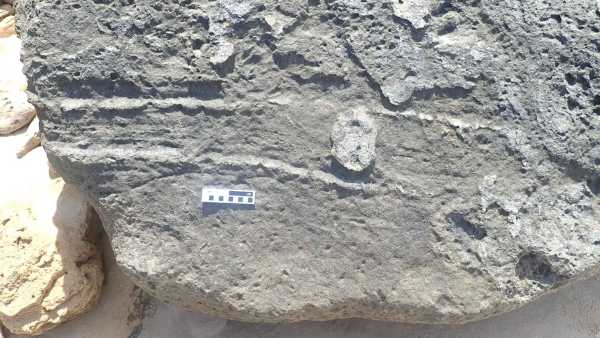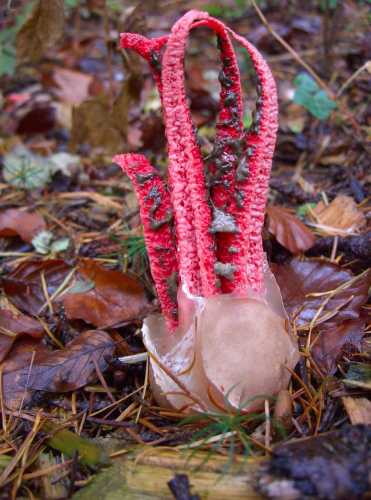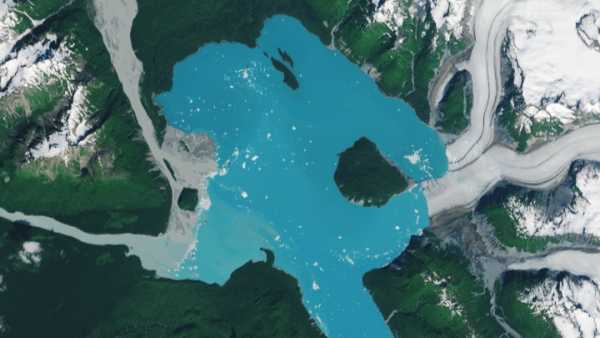
Alaska's Prow Knob (the large island to the right of the lake) was once surrounded by ice. (Image credit: NASA Earth Observatory imagery by Michala Garrison using USGS Landsat data.)
NASA satellite images show a 'new' island has emerged in the centre of a southeast Alaska lake after land became disconnected from a melting glacier.
The land mass, called Prow Knob, is a small mountain that was once surrounded by Alsek Glacier in Glacier Bay National Park. However, Alsek Glacier has been retreating for decades, gradually separating from Prow Knob and leaving behind a growing freshwater lake.
According to a statement released by NASA's Earth Observatory, a recent satellite image taken by Landsat 9 in August shows that the glacier has completely lost contact with Prow Knob. Prow Knob is a clear example of how glaciers are thinning and retreating in southeast Alaska.
You may like
-
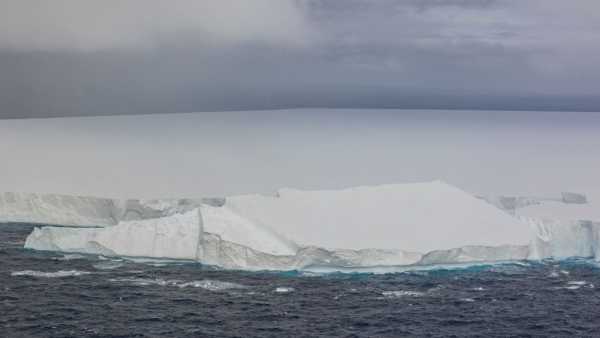
The 40-year-old 'queen of icebergs' A23a is no longer the world's largest, having lost several 'very large chunks' since May.
-
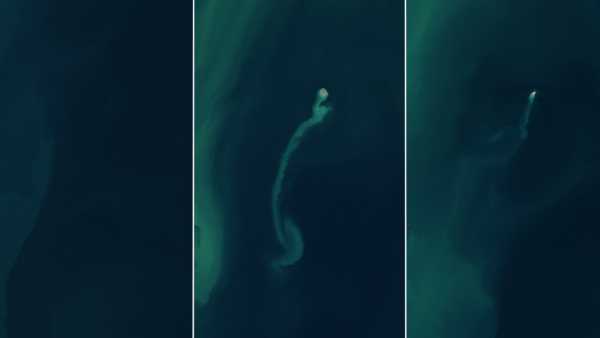
'Ghost Island' Appears After Underwater Eruption, Then Disappears in Caspian Sea
-

Ancient 'whale graveyard' discovered beneath melting Russian glacier
Image 1 of 2
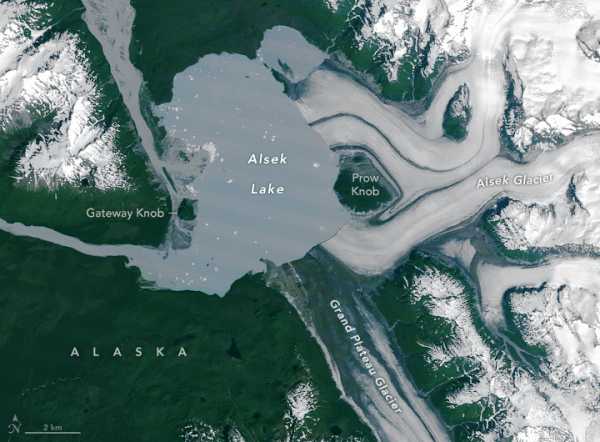
Alsek, July 5, 1984 (Image credit: NASA Earth Observatory images by Michala Garrison using U.S. Geological Survey Landsat data.)

Alsek, August 6, 2025. (Image credit: NASA Earth Observatory imagery by Michala Garrison using USGS Landsat data.)
“Along the coastal plain of southeast Alaska, water is rapidly displacing ice,” Lindsay Doermann, a science writer with NASA’s Earth Observatory, wrote in a statement. “Glaciers in the area are thinning and retreating, and meltwater is forming proglacial lakes. A new island has formed on one of these growing bodies of water.”
Alsek Glacier once divided into two channels, skirting Prow Knob, a landmass of about 5 square kilometers. In the early 20th century, the glacier extended across the now-open Alsek Lake and reached Gateway Knob, about 5 kilometers west of Prow Knob.
RELATED STORIES
— Three striped glaciers merging on 'Earth's highest battlefield' are part of a larger anomaly that scientists don't fully understand — Earth from Space
— By 2100, the North Pole could shift 90 feet to the west.
— The world's glaciers are losing enough ice every second to fill three Olympic swimming pools, according to a terrifying new study.
The late glaciologist Austin Post, who took aerial photographs of Alsek in 1960, named the glacier Prow Knob for its resemblance to the bow (pointed front end) of a ship. Post and fellow glaciologist Mauri Pelto, a professor of environmental science at Nichols College in Massachusetts, previously predicted that Alsek would break away from Prow Knob in 2020 based on its rate of retreat between 1960 and 1990, the statement said. That would leave the glacier hanging on to the mountain somewhat longer than originally thought.
According to the statement, Prow Knob Glacier completely separated from Alsek Glacier between July 13 and August 6.
Many of Earth's glaciers are retreating as the planet warms due to climate change. Last year was the hottest year on record in terms of average global temperature, and 2025 will see a string of record-hot and near-record-hot months.
NASA TOPICS

Patrick Pester, Social Links Navigator, Popular News Writer
Patrick Pester is a popular news writer for Live Science. His work has appeared on other science sites such as BBC Science Focus and Scientific American. Patrick transitioned to journalism after working for zoos and wildlife conservation organisations earlier in his career. He received a Master's Excellence Scholarship to study at Cardiff University, where he completed an MA in International Journalism. He also completed a second MA in Biodiversity, Evolution and Conservation in Action at Middlesex University in London. When he's not writing news, Patrick is an investigator into the sale of human remains.
You must verify your public display name before commenting.
Please log out and log back in. You will then be prompted to enter a display name.
Exit Read more
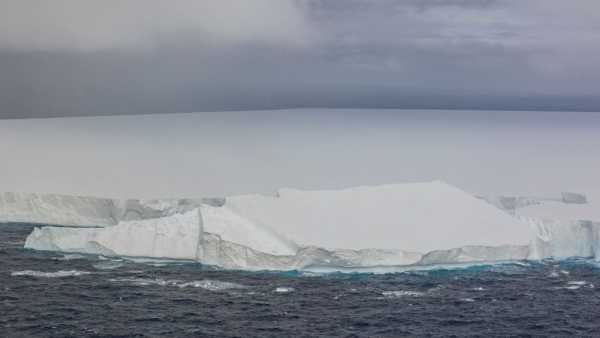
The 40-year-old 'queen of icebergs' A23a is no longer the world's largest, having lost several 'very large chunks' since May.
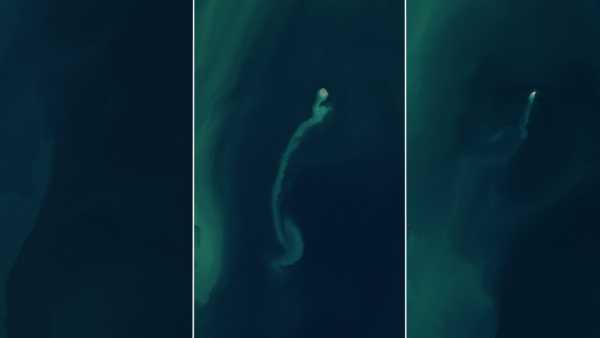
'Ghost Island' Appears After Underwater Eruption, Then Disappears in Caspian Sea

Ancient 'whale graveyard' discovered beneath melting Russian glacier
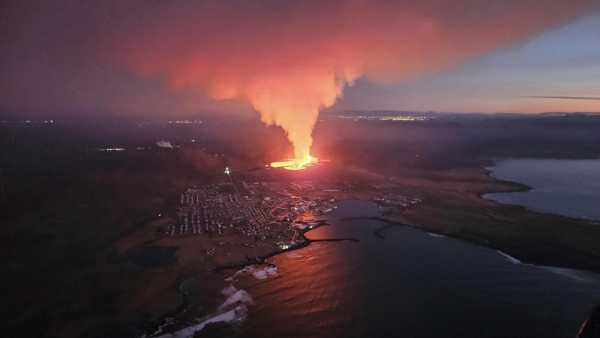
Melting glaciers could trigger volcanic eruptions around the world, study finds
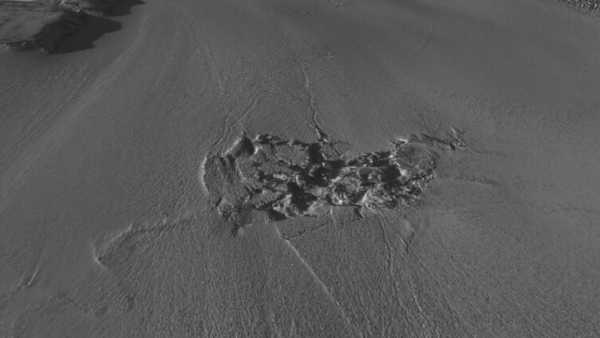
'It was so unexpected': 90 billion litres of meltwater breach Greenland ice sheet in unprecedented melt

Drastic changes happening in Antarctica 'will impact the world for generations to come'
Latest news on climate change
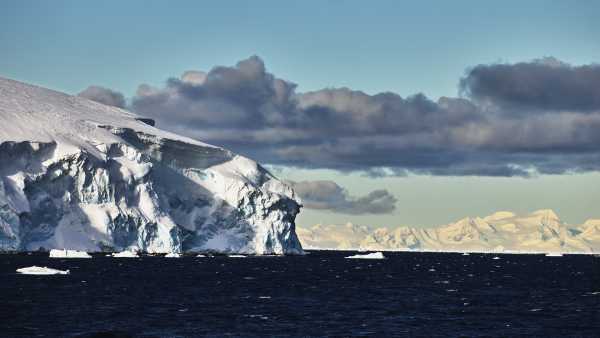
'Serious Negative and Unintended Consequences': Polar Geoengineering Is Not the Answer to Climate Change

Climate action faces a new threat: pessimists who believe it is too late to act
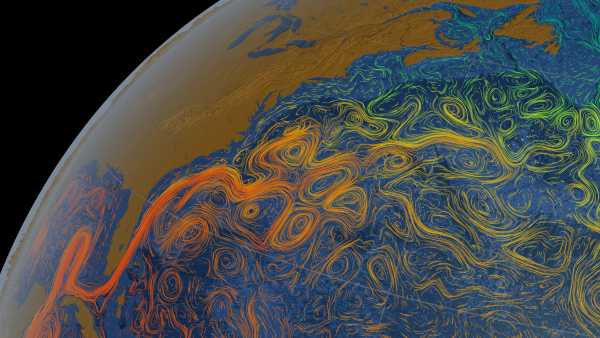
A new study has found that a key Atlantic current could begin to weaken as early as 2055.
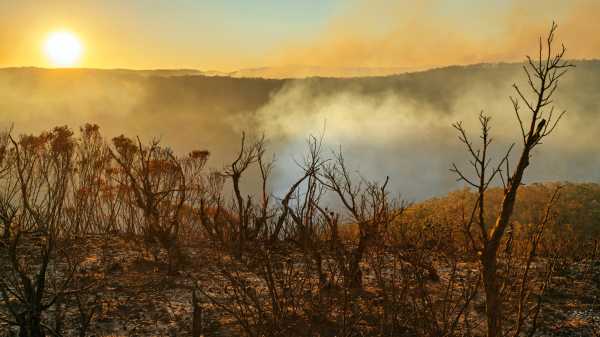
'Like a creeping mold spreading across the landscape': study finds isolated arid areas around the world are coalescing into 'mega-arid' regions at alarming rates
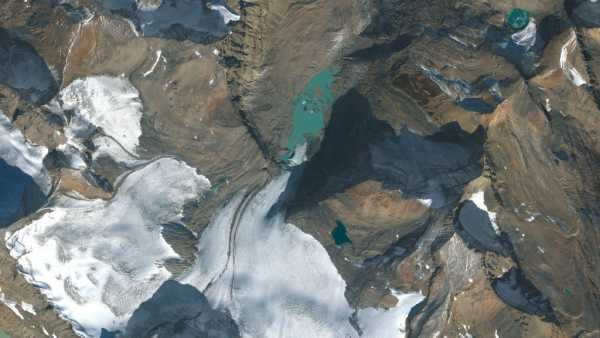
Glaciers in North America and Europe have lost “unprecedented” amounts of ice in the past four years.
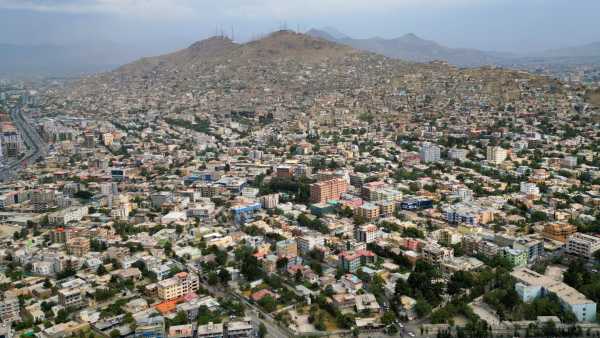
Kabul Could Become the First Modern Capital to Run Out of Water — Here's Why
Latest news
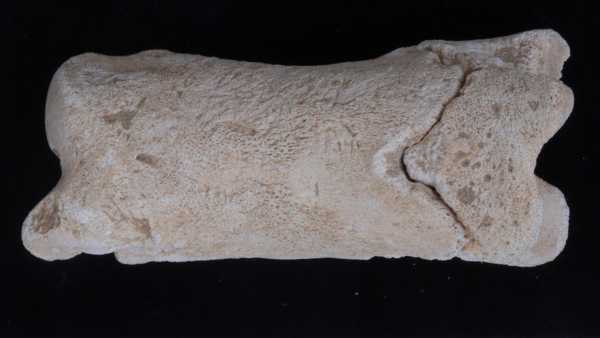
A 3,300-year-old ancient Egyptian whistle was likely used by a policeman tasked with guarding the 'sacred site' of a royal tomb.

Have you gotten the COVID vaccine this year?
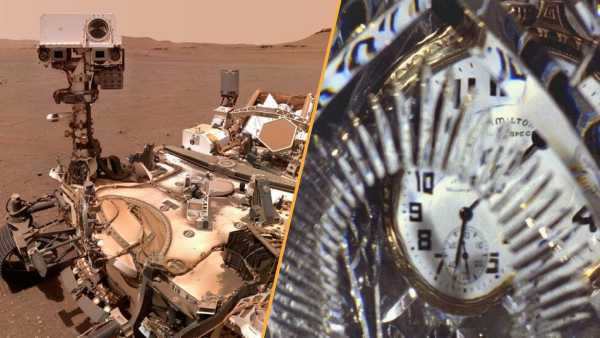
This week's science news: NASA finds compelling evidence of life on Mars, and scientists invent visible time crystals.
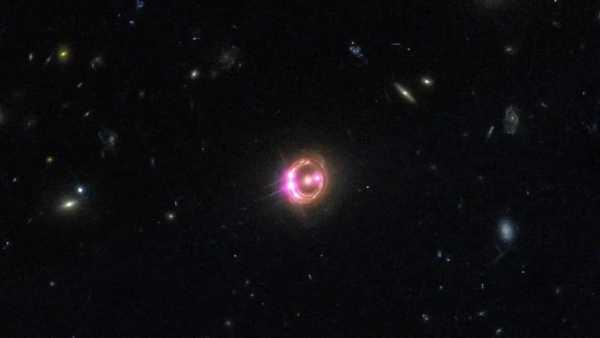
Astronomers use rare 'double zoom' to see black hole's corona in unprecedented detail

Bolivia's 350-Year-Old Mummified Head Is Not What It Seems
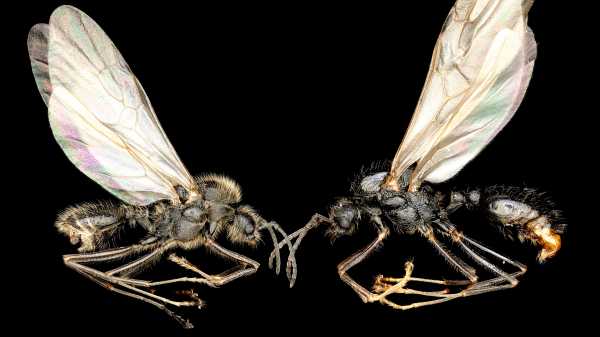
'Almost like science fiction': European ant is the first known animal to clone members of another species.
LATEST ARTICLES
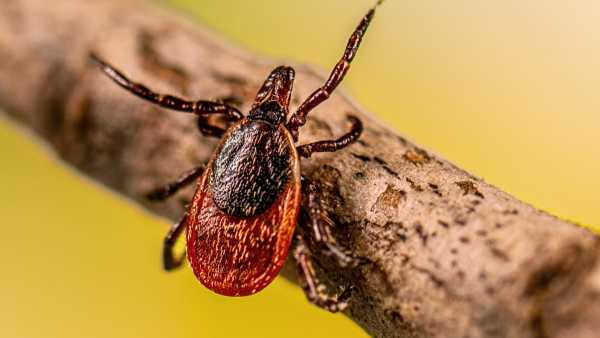
1'Your fears are well founded': How human activity has increased the risk of tick-borne diseases like Lyme disease
Live Science is part of Future US Inc., an international media group and leading digital publisher. Visit our corporate website.
- About Us
- Contact Future experts
- Terms and Conditions
- Privacy Policy
- Cookie Policy
- Accessibility Statement
- Advertise with us
- Web Notifications
- Career
- Editorial Standards
- How to present history to us
© Future US, Inc. Full 7th Floor, 130 West 42nd Street, New York, NY 10036.
var dfp_config = { “site_platform”: “vanilla”, “keywords”: “type-news-trending,serversidehawk,videoarticle,van-enable-adviser-
Sourse: www.livescience.com


